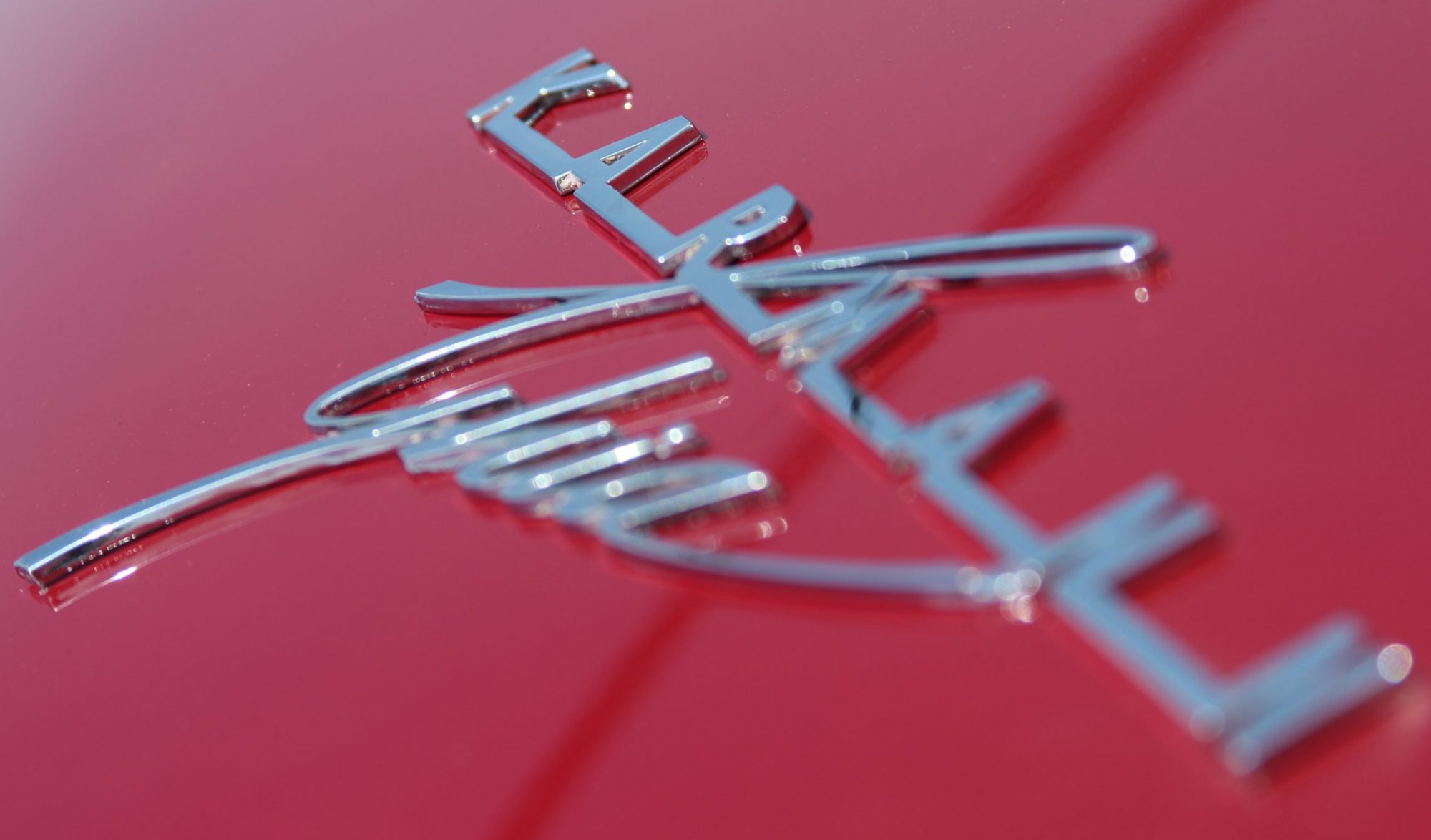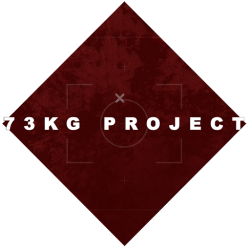What is the difference between primer and sealer in the automotive paint industry? This is a great question and could lead into a forever explanation. However, I will make it as short as I can. Primer is basically a material to make something ready for the next stage. Sealer is pretty much self-explanatory. An automotive paint sealer, is a barrier that seals in everything under it and all above it.
What Is Primer?
Most primers today are urethane (2K Primers). They are great for filling and building layers you can block sand down. You can build far better with urethane than with the old lacquer primers. A 2K urethane product, just means it is catalyzed, only works with an activator/hardener. This type of primer can serve as a sealer. However, primer is mostly used to spray over damaged and repaired areas to create a level and protected surface. Nason makes a really great Urethane Primer, easy to mix, spray and sand.
In order to create a waveless surface, you have to build up your layers of primer. Spray three or four coats, then block sand level and smooth.
In many cases, you are going to cut through the primer on the high areas. This may require applying more primer and block sanding to create a waveless surface.
After your last block sanding, and you are happy with the surface, apply at least one more coat of primer. Do a medium wet sanding with 400 grit. Once dried, cleaned and wiped down, you are ready for a 2K sealer. The sealer is designed to bond with a topcoat, so no sanding it. The sealer is used to protect the topcoat from any areas where you have sanded through the primer. Also, the sealer is to promote adhesion for the topcoat. Most sealers are color shaded for maximum topcoat coverage.
Why Color Your Sealer
When you buy an automotive paint, the paint store should tell you what color sealer to use. This is called “shade factoring”, it allows your topcoat to cover with less coats. Imagine trying to spray white over a red surface, it is going to take much more paint to cover and to look uniformed. This is a basic example, but you would spray a silver color over a grey sealer. You would spray a black over a black sealer. White sealer would go under a white paint.
At one time, you could buy sealers in colors, or tints to shade them. Now they have figured that shades like white, grey, black and dark grey will enhance coverage just the same. I have been using Cromax 2K sealer brands for years. I have always got great results with their three different shades. Sadly today’s paints have less pigment in them. This makes them more see through, so you need a shade that compliments the topcoat being applied.
To give you an idea of what spraying your base color over top a non-uniformed colored surface would be like. When sanding a surface, you are going to cut through high places. This doesn’t matter if the surface is paint or primer. The surface will become multi-colors of dark and light patches. Unless you apply many coats, you will possibly see those dark and light patches in your paint job. Same theory applies if painting for example a red, over a black primer. Unless you apply enough coats, the red will tend to be a shade darker, especially if it calls for a white or gray sealer. However, a uniform even color underneath the topcoat, will cause a nice uniformed look.
Why Not Use Primer For A Sealer?
Primers are porous and are not really designed to be a sealer per-say. They are designed to be used to fill mild waves and scratches. It also adds a protected layer between bare metal and your topcoats.
Paint can be applied over primer. However, if you would like to increase the life of your paint job and prevent having any surprises show up later. You will want to use a good 2K sealer for the best job.
If you are just wanting to get by and keep the cost down, you don’t have to use sealer. However, this is based on that you are using a 2K urethane primer. As mentioned, primers are limited in colors, so be prepared to use more paint to provide an even uniformed surface. The primer has to be sanded, to promote adhesion for the top coat. If you have sanded through the primer in any areas creating color patches, this could create issues with top-coating.
Trying to use the primer as a sealer, then the primered surface has to be all even with no sand through spots. It cannot have color patches as this will make covering it with a color difficult. Also, sealer help solvent lifting. Urethane primer will offer a barrier to keep the topcoat solvents from penetrating old paint. However, if you sand through to the old paint, you are running a risk.
The Benefits Of Sealer
Sealers are not porous, it will resist absorbing water or moisture. Primer can absorb moisture and it can become trapped. A 2K sealer creates a water tight sealed barrier between the prepared surface and the topcoat. You are also reducing the chance of solvent lifting or reactions when using a sealer. Topcoats are mixed with solvents to reduce and activate them. These solvents can penetrate through a primer and react with the old paint. The reaction usually looks like acid eating the paint, it is called paint lifting. Using a 2K sealer eliminates this from happening.
Sealers are also adhesion promoters. It will adhere to the prepared surface like a glue, but also does the same thing for the topcoat being applied. The most common sealers are the non-sanding types. This is the best method, as you get a uniformed color with no chance of sanding debris. You spray it on, and it is ready to be painted. Sealers also reduce the chances of getting fisheyes in your topcoat. If you topcoat over sanded primer, there is always a chance of sanding debris. As mentioned, primer can also retain moisture, these two combined can create fisheyes.
A sealer gives your topcoat an even uniform shade to increase topcoat coverage. The sealer acts as an adhesion promoter that bonds the topcoat to the vehicle’s surface. You get a protection against solvent reactions. This inhibits the topcoat eating into the old paint, or the old paint reacting with the new. By using a sealer, you increase the life of your paint job and reduce the chance of a paint failure.
Use A Non-Sandable Sealer
There are sealers that require scuffing or sanding, I do not recommend these types. I have quite a few reasons for not liking these. Wet sanding or scuffing causes debris build ups in cracks and corners. This debris will cause fisheyes and the paint will not stick. Do a good detergent wash after your final wet sand before painting. A detergent wash ensures that all the nooks and crannies are cleaned out. Sadly, there are always some debris left here and there. Sealers and primers tend to melt in these places and create a bond-able area.
If you use a sealer that has to be sanded before painting, then that debris will cause paint failures. Like I said, primers and sealers tend to merge and melt into these debris areas. Paint isn’t that forgiving and will more than likely fisheye. This can be avoided by using a “Non-sandable” sealer. Some people are old school and feel the topcoat will not stick to the surface. Rest assure, these sealers are designed to bond with the topcoat. Better than sticking to a sanded surface.
So a non-sandable sealer will create that layer for bonding. If you so get dirt in your sealer, you can always nib out the dirt with a small piece of sandpaper or scuffy pad. Then carefully wipe the nibbed area with a tack-cloth, no solvents of any kind can be used.
Can You Spray Primer Straight Over Metal And Fillers?
Technical manuals and auto body teachers say you can apply a urethane primer straight over metal and body filler. I don’t fully agree with this, yes it can be done, no I don’t think it is the best method. I recommend spraying an etching primer first. Not a thick heavy coat but a light to medium wet coat. Scuffy it after it dries, and then apply your coats of urethane primer.
The reason I do not fully agree with applying a urethane primer over body filler and metal areas. Obviously metal and body filler are two different materials. Basically body filler is plastic, and plastic and metal have different compositions. So with temperatures, solvents and other natural elements they get exposed to, it can force a paint blemish. If you can imagine an area in the middle of your quarter panel that has been filled with filler. The panel was sanded back to the metal, filler was applied and sprayed with urethane primer. After it is painted, and it has been exposed to the elements for a month. Get down and look at it at an angle, you possibly can catch where it was filled.
Surface Material Differences
This isn’t because you did bad body work, it is the differences in materials underneath the paint. Cars up to the early 40’s used steel that wasn’t high in carbon. The carbon tensile strength was lower that cars produced latter on. This made the metal seem softer when it was hot. I tried filling two holes in a trunk lid on a 1932 Oldsmobile. I welded 14 gauge steel in the holes, and then skimmed it with body filler. The trunk was black, so when in the sun, it got extremely hot. Once it got hot, you could see the areas I welded up. Not in color but it looked like dents. Then it came to me, two different kinds of metals expanding and reacting to heat differently. I ended up leading the holes and problem solved.
This will apply with primer over fillers and metals, especially if in the same area. An etching primer will eat into the filler and into the metal. This gives your urethane primer a uniformed area to be applied to. Since the etching primer will bond with the filler and metal, the urethane primer will bond into the etching primer. This gives you better adhesion, and reduce body work failures later on.
My Recommendation
I recommend using sealer because you will use less paint and get a longer lasting job. You don’t have to sand it, and a good sealer is designed to promote adhesion between the car surface and the paint. Using primer only can result in fisheyes and possibly a higher consumption of paint. As I mentioned, the difference between primers and sealers, primers have limited colors and shading is offered in sealers. So that is pretty much the difference between primer and sealer on a vehicle.

